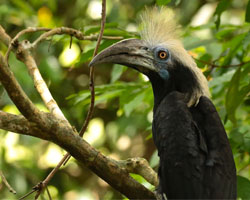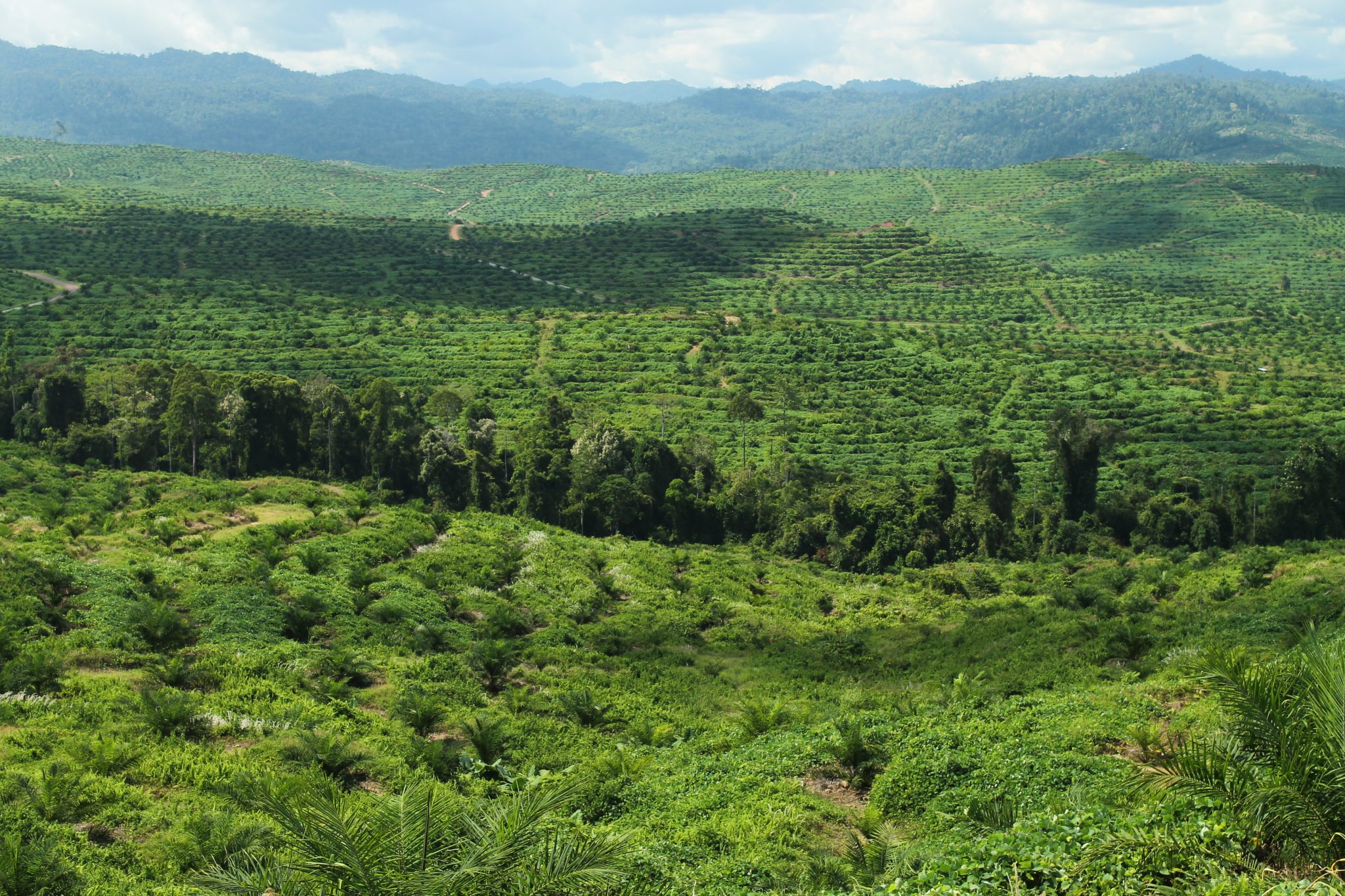| Principal Investigators: | Dr Matthew Struebig |
|---|---|
| Project dates: | 2016 – 2018 |
| Funding: | The Newton-Ungku-Omar Fund (British Council, and Malaysian Industry-Government Group for High Technology (MIGHT)) UK Natural Environment Research Council (NERC) |
| Collaborators: | Universiti Malaysia Sabah and the South East Asia Rainforest Research Partnership (SEARRP) in Malaysia. Oxford University, Queen Mary University of London, and Centre for Ecology and Hydrology in the UK. |
| External websites: | LOMBOK consortium riparian research SAFE project |
Oil palm is central to the economy and welfare of many tropical countries, but has known environmental impacts on water quality, ecosystem functions and biodiversity if not managed sustainably. One way by which these impacts can be minimised is to protect vegetation along rivers as riparian reserves or buffers. Most countries have policies to protect riparian areas, but the requirements vary substantially and are sometimes quite vague. There is also very little supporting scientific evidence available regarding the effectiveness of these riparian reserves in protecting waterways, ecosystem functions and biodiversity in the tropics
This project investigated the effectiveness of riparian policy in Malaysia and worked with partners in the Sabah government to outline potential improvements to policies within the state. We undertook research on the effects of riparian habitat quality and width on water quality, aquatic biodiversity, terrestrial biodiversity and carbon stocks around oil palm plantation rivers in and around the Stability of Altered Forest Ecosystems (SAFE) project. We also provided training on field and analytical techniques for junior researchers in Universiti Malaysia Sabah.
The project yielded important datasets that demonstrate the benefits to biodiversity of increasing the width requirement of riparian reserves, and further publications are in the pipeline. We co-produced a review on the directions of riparian policies with the Sabah state government, together with a Science for Policy Brief outlining the scientific evidence available for protecting riparian areas. The Roundtable for Sustainable Palm Oil also updated its recommendations for riparian protection during the project timeframe.
Outputs to date:
- Luke, S.H., Slade, E.M., Gray, C.L., Annammala, K.V., Drewer, J., Williamson, J., Agama, A.L., Ationg, M., Mitchell, S.L., Vairappan, C.S. & Struebig, M. (2019) Riparian buffers in tropical agriculture: Scientific support, effectiveness and directions for policy. Journal of Applied Ecology, 56, 85-92.
- Mitchell, S.L., Edwards, D.P., Bernard, H., Coomes, D., Jucker, T., Davies, Z.G. & Struebig, M.J. (2018) Riparian reserves help protect forest bird communities in oil palm dominated landscapes. Journal of Applied Ecology, 55, 2744-2755.



